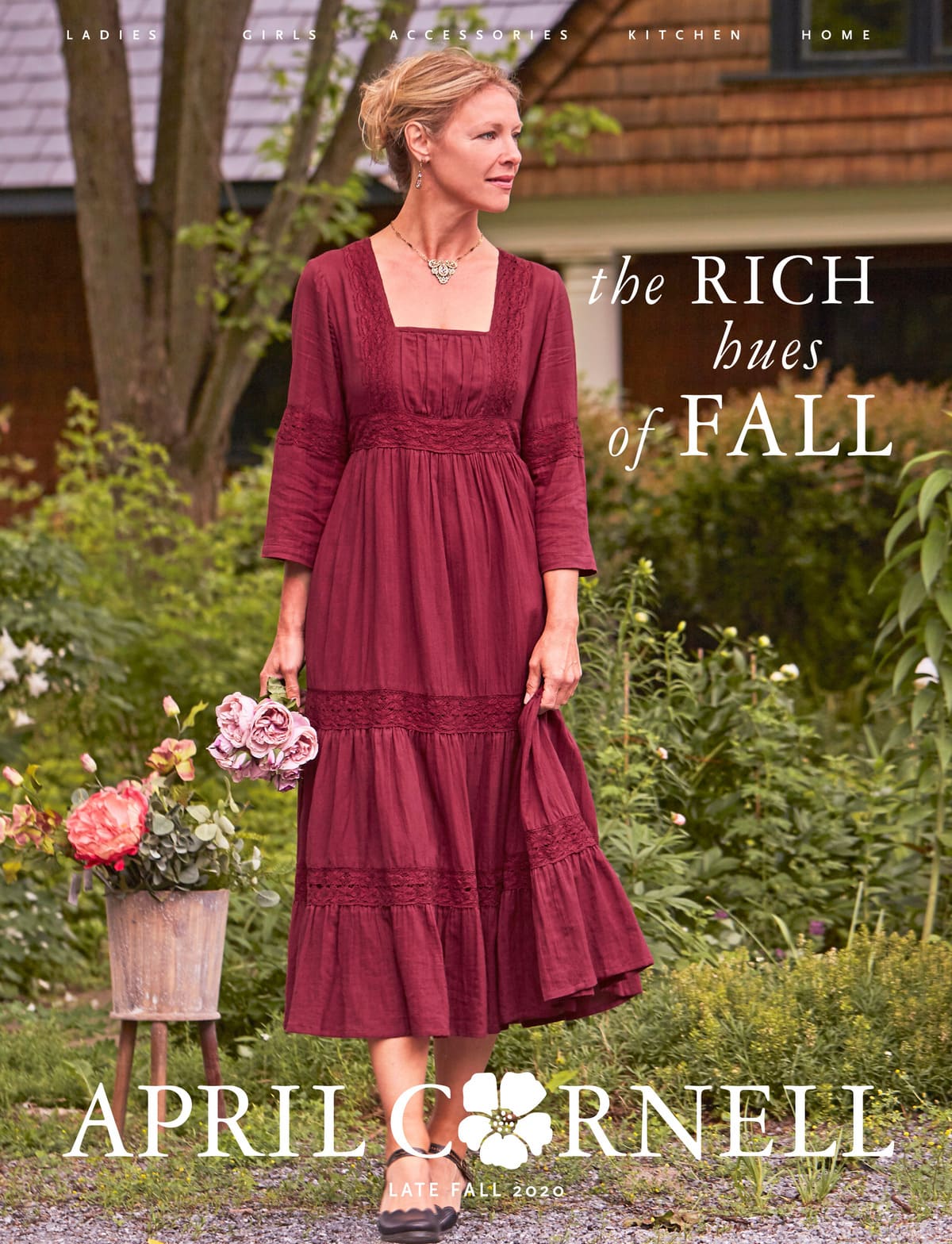Nearly a decade after its release, The Grand Budapest Hotel continues to shape the fashion industry, thanks to Milena Canonero’s visionary costume design and its striking visual elements.
Wes Anderson’s acclaimed film, The Grand Budapest Hotel, which premiered in 2014, has firmly established itself as a pivotal influence in the realm of visual design, and notably, in fashion. The film, praised for its unique cinematography and set design, as well as its impactful costumes, continues to resonate within the fashion industry nearly a decade later.
Milena Canonero, the film’s costume designer and a three-time Academy Award winner, played a crucial role in this enduring legacy. Her approach to costuming blended historical accuracy with a stylised aesthetic, eschewing a firm tie to any specific time frame. Instead, Canonero drew inspiration from Eastern European fashion to craft a wardrobe that complemented the film’s protagonists and settings. Her design process was deeply rooted in artistic inspiration, incorporating influences from renowned artists such as Gustav Klimt, Kees van Dongen, Tamara de Lempicka, and George Grosz. This resulted in an arresting use of color and structure that defined the film’s visual identity.
Prada’s contribution to the film, particularly a 21-piece luggage set that became emblematic of its luxurious aesthetic, underscored the film’s attention to style and detail. Canonero intentionally avoided conventional color palettes for the costumes, opting instead for a vibrant palette. For example, Ralph Fiennes’ character, M. Gustave, is seen in a striking deep violet concierge uniform, while Tilda Swinton’s Madame D. dons a Klimt-inspired gold Fendi coat, and Willem Dafoe’s Jopling is clad in a sleek black leather Prada trench coat.
The resulting wardrobe, characterized by millennial pink, deep burgundy, and rich purple tones, has been emulated by contemporary fashion designers seeking to convey a similar vintage elegance. Notably, Anna Sui’s Autumn/Winter 2014 collection launched shortly after the film’s release, drawing direct inspiration from its color scheme and geometric styling. Similarly, Gucci’s creative director, Alessandro Michele, has incorporated Anderson-influenced color blocking and retro tailoring into his recent collections.
The impact of The Grand Budapest Hotel on luxury fashion continues to be significant. For instance, Bergdorf Goodman’s holiday campaign, titled The Present Moment, was constructed around Anderson’s signature visual style, showcasing symmetry, pastel tones, and nostalgic storytelling that echo the film’s aesthetic.
As The Grand Budapest Hotel’s influence permeates the fashion landscape, it remains a frequent reference point in high-fashion editorials, seasonal collections, and everyday styling choices. Canonero’s meticulous work on the film not only defined its characters but also established a creative benchmark for how costume design can influence broader fashion trends. As designers revisit the unique universe crafted by Anderson, it is evident that The Grand Budapest Hotel has become an enduring touchstone within contemporary style.
For those interested in experiencing the film again, the Tyneside Cinema will be screening The Grand Budapest Hotel starting on April 27.
Source: Noah Wire Services




